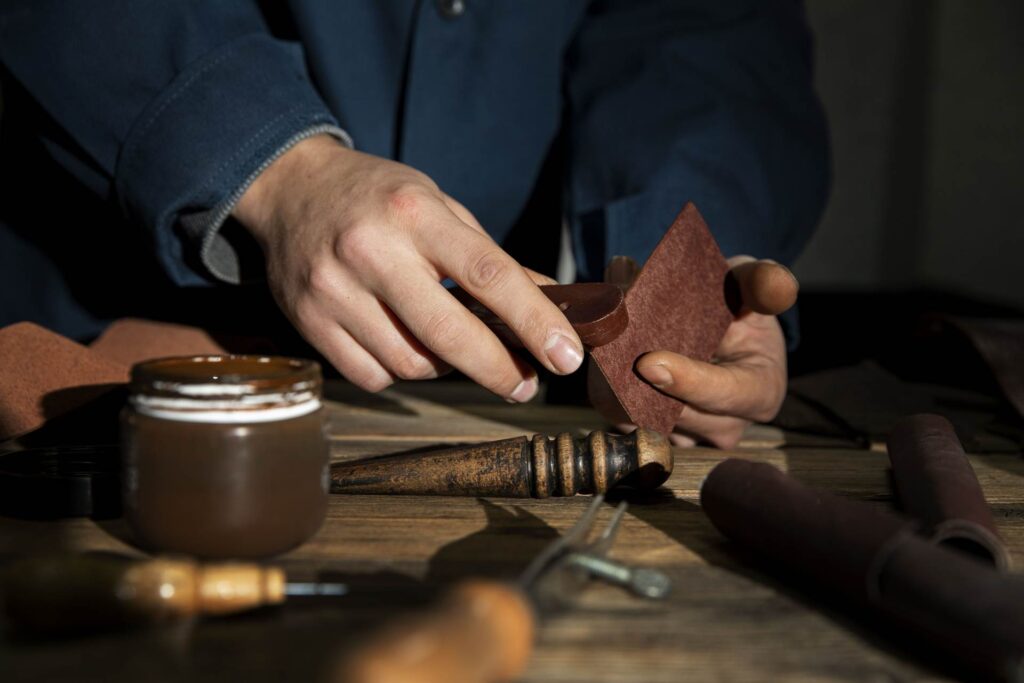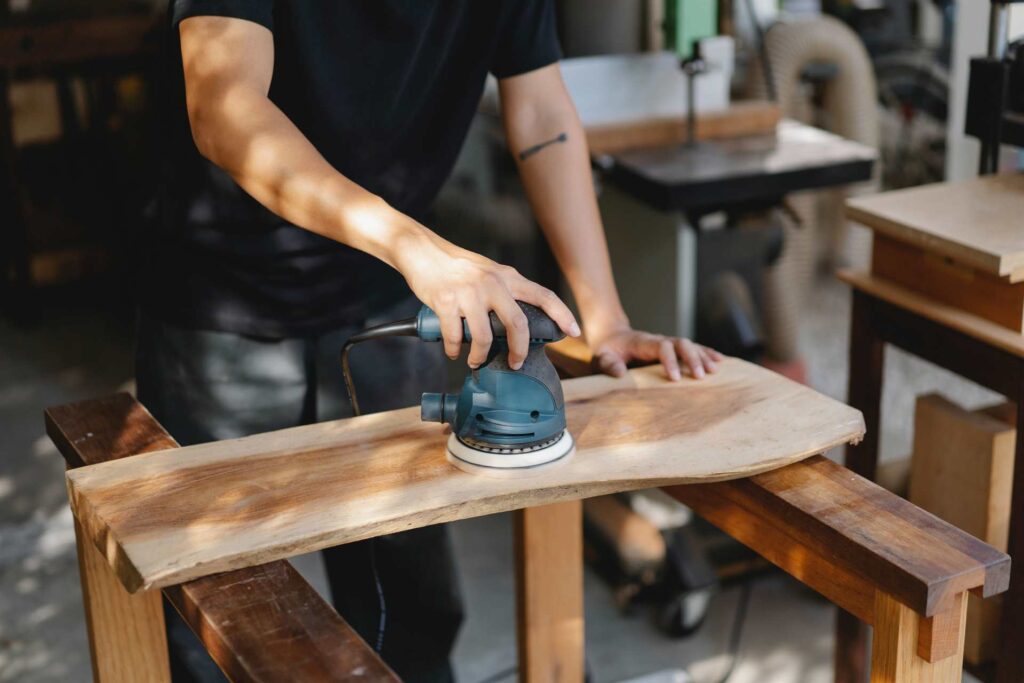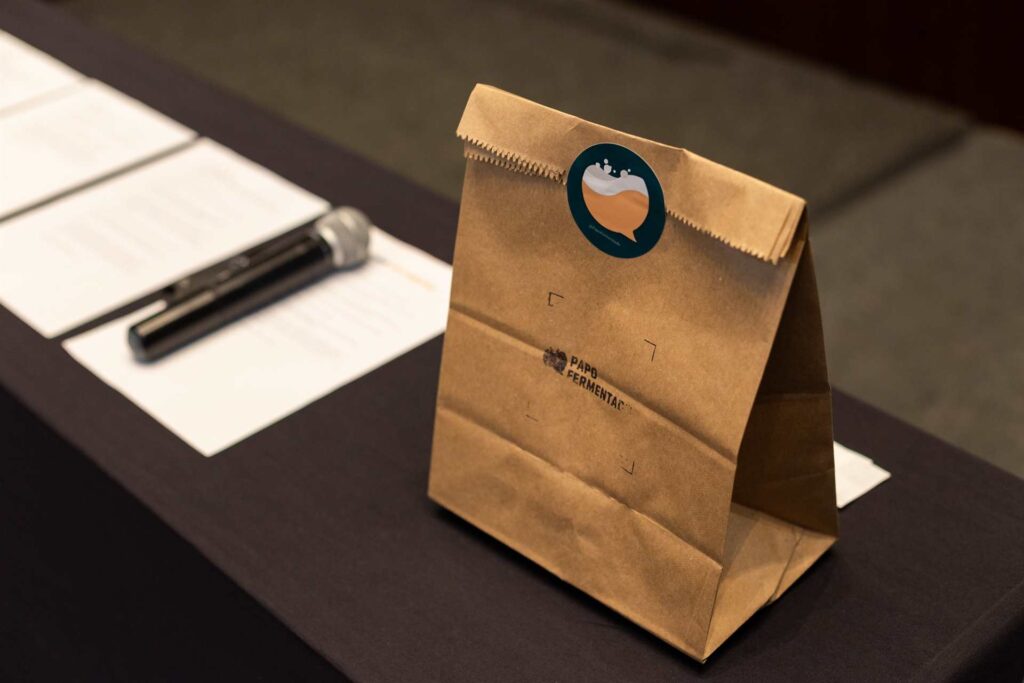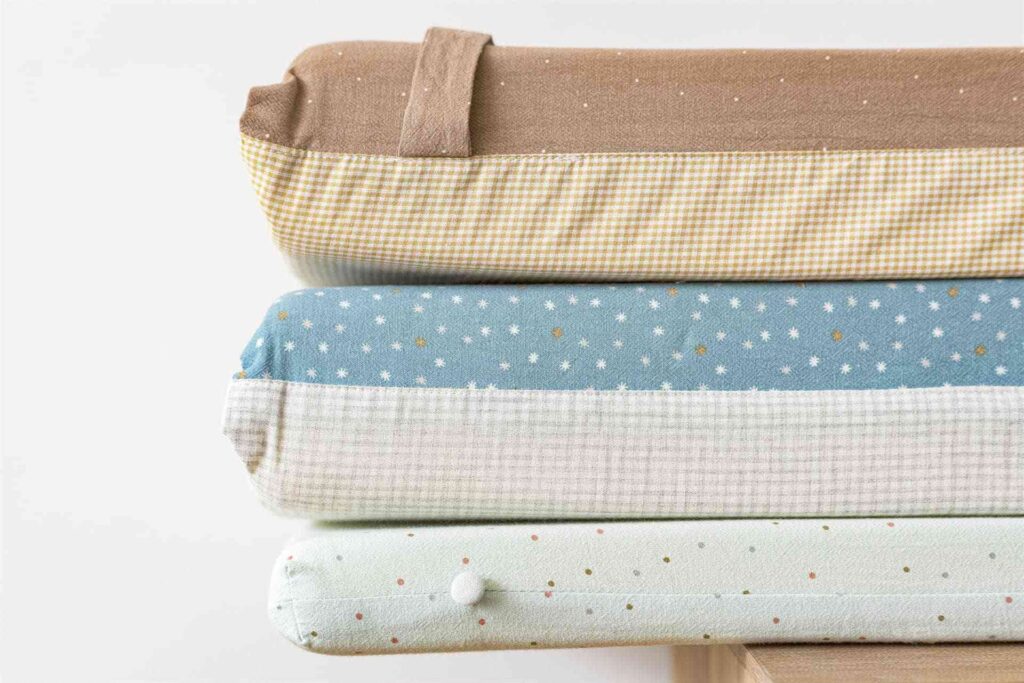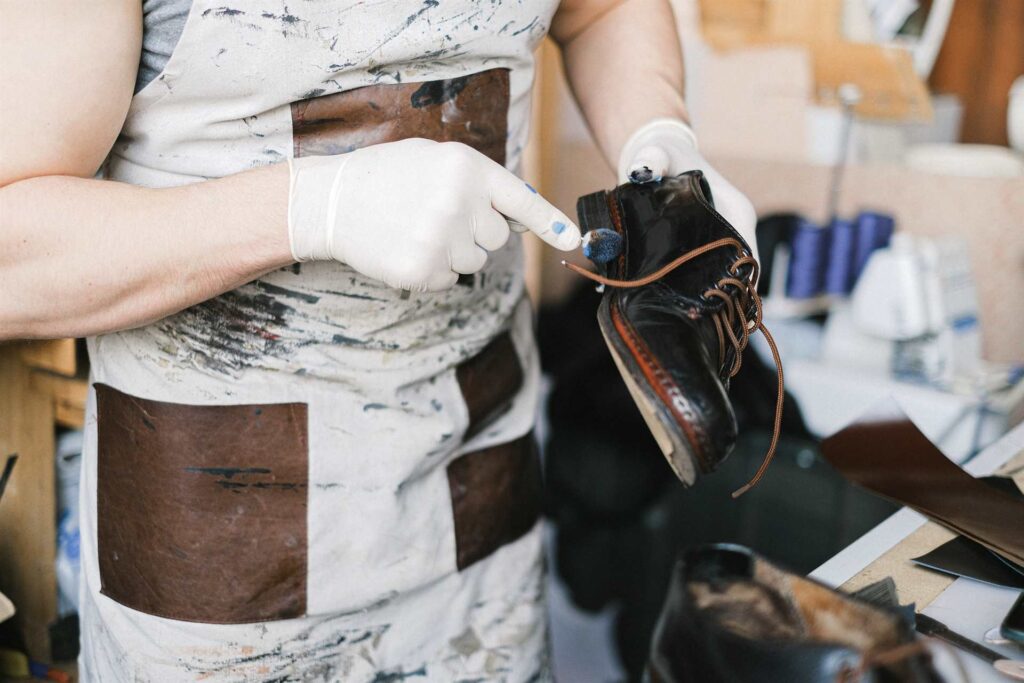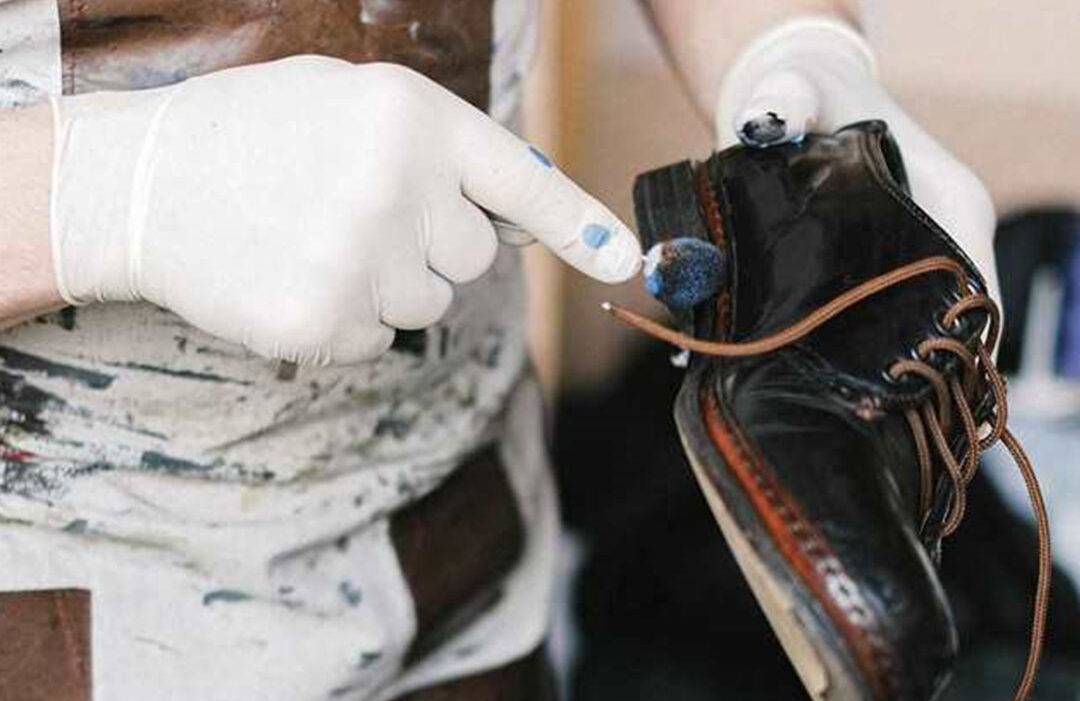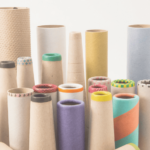Introduction
Choosing the right adhesive for your shoes and leather is very important for durability, flexibility and longevity. With a wide variety of adhesives available on the market, from contact cement to polyurethane adhesives, finding the best adhesive for your specific application can be a daunting task. In this guide, we’ll look at the key points to consider when choosing adhesives for your shoes and leather, and tips to help you make the right decision.
Understanding Adhesive Types:
Before diving into specific adhesive options, it is necessary to understand the different types of adhesives commonly
used in shoes and leather. These include:
- Contact Cement: Known for its strong initial bond and flexibility, contact cement is often used for bonding leather to leather or leather to rubber.
- Polyurethane Adhesives: Offering excellent bonding strength and resistance to moisture and heat, polyurethane adhesives are suitable for a wide range of footwear and leather applications.
- Epoxy Adhesives: Ideal for bonding different materials, including leather, rubber, and metal, epoxy adhesives provide high strength and durability.
- Solvent-Based Adhesives: These adhesives are formulated with solvents that evaporate during curing, leaving behind a strong bond. They are commonly used for bonding leather to leather or leather to other materials.
Considerations for Footwear and Leather Projects:
When selecting an adhesive for footwear and leather projects, several factors should be taken into account:
- Flexibility: The adhesive should maintain flexibility after curing to accommodate the natural movements of the foot and prevent bond failure.
- Durability: The adhesive should provide a strong and durable bond that withstands repeated stress and environmental conditions.
- Compatibility: Ensure that the adhesive is compatible with the materials being bonded, including leather, rubber, fabric, and metal.
- Application Method: Consider the application method of the adhesive, whether it’s brushable, sprayable, or applied with a syringe, to ensure ease of use and precision.
- Curing Time: Depending on your project requirements, consider the curing time of the adhesive and whether it allows sufficient time for assembly and adjustments.
Conclusion:
Choosing the best adhesive for footwear and leather projects requires careful consideration of factors such as flexibility, durability, compatibility, and application method. By understanding the different types of adhesives available and considering your project requirements, you can select the most suitable adhesive to ensure long-lasting and professional results in your footwear and leather endeavors.
Also Read:
Unveiling the Strength of Paper Cone Adhesives


